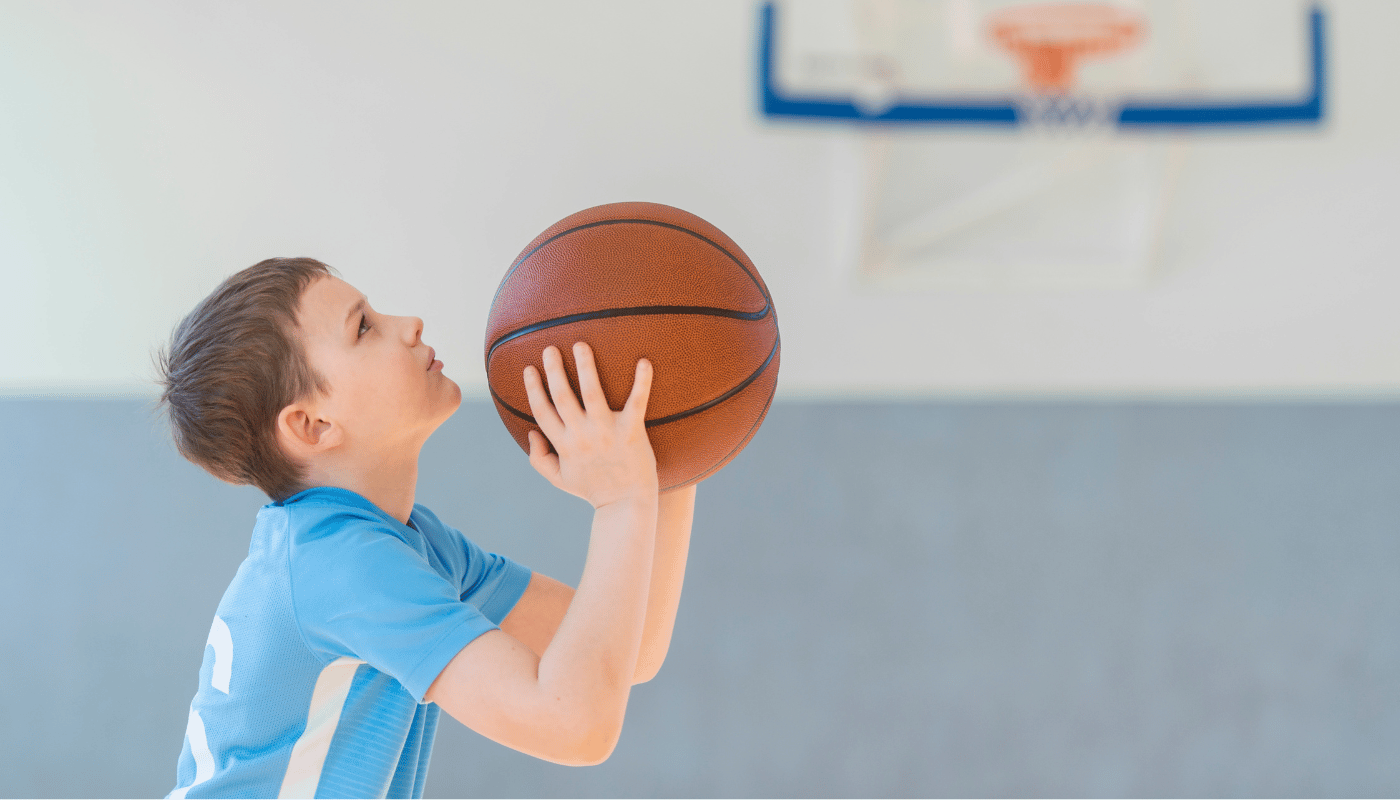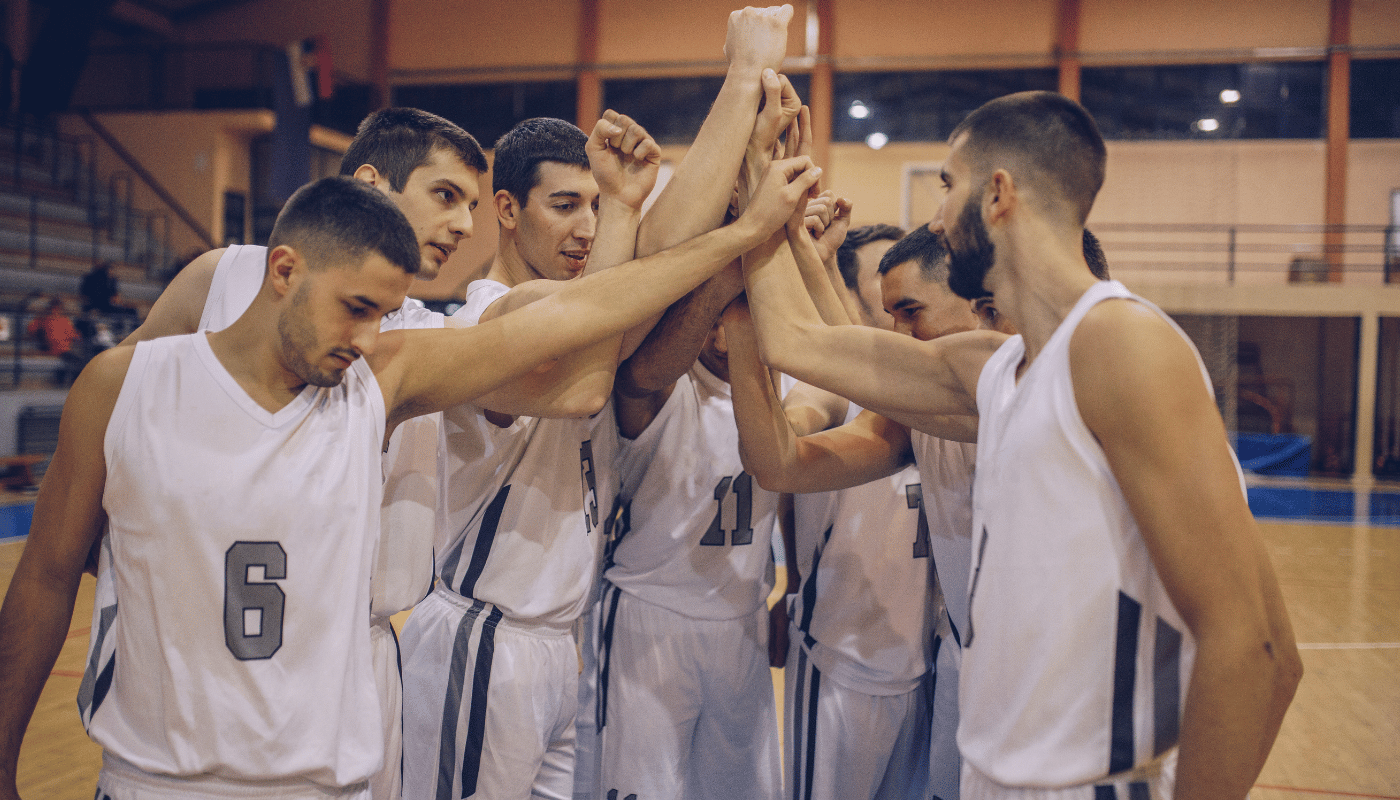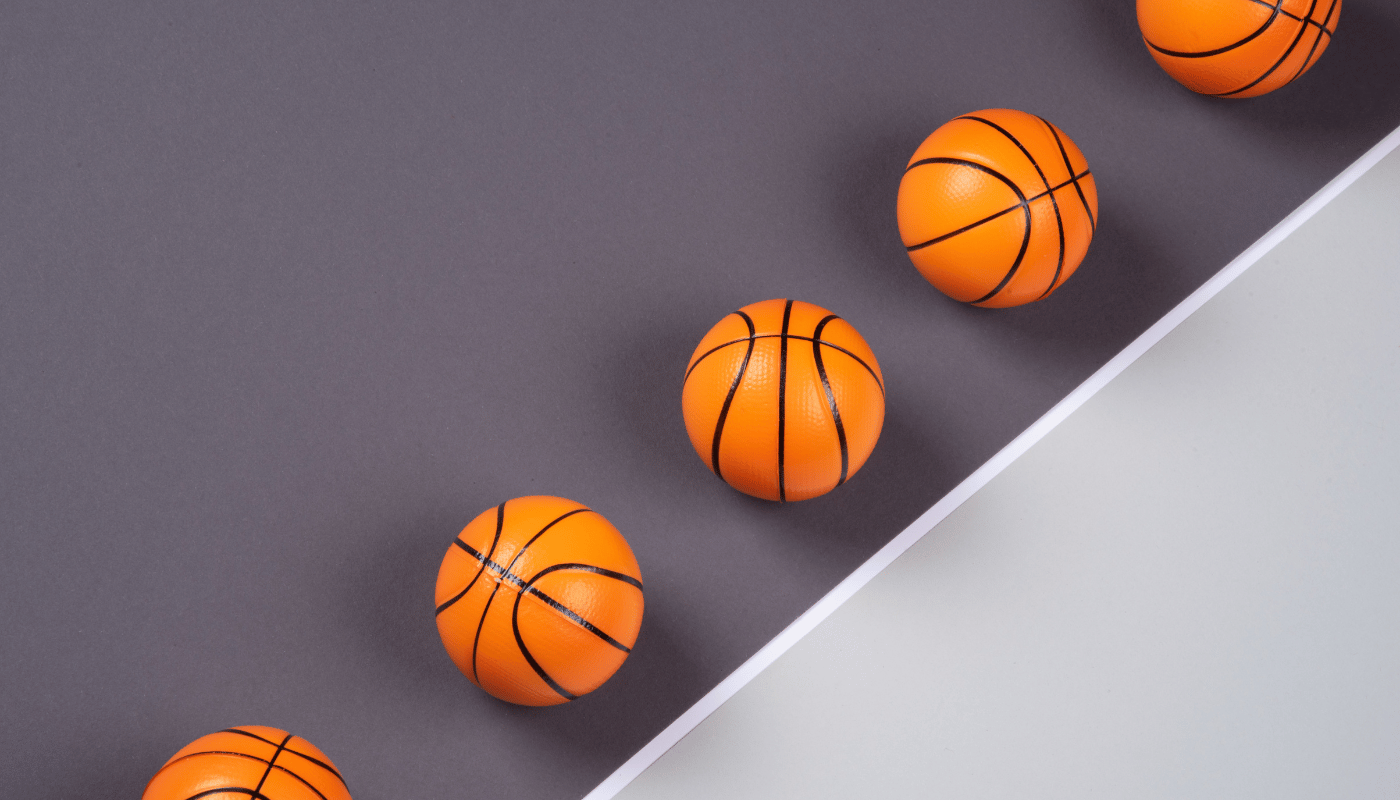When it comes to youth basketball, a common question that arises is: what size is a youth basketball? Understanding the appropriate size of basketball for young players is essential not only for comfort but also for their overall development in the sport. Choosing the right size can significantly impact a child’s enjoyment and skill acquisition, making it crucial for parents and coaches alike to be informed about the various sizes available.
Understanding Basketball Sizes
Basketballs come in different sizes tailored to various age groups and skill levels. Not all basketballs are the same, and the size variations help accommodate the physical and developmental differences among players. This ensures that each player can practice and excel according to their capabilities.
Proper sizing plays a vital role in a player’s performance. A ball that is too large or too heavy can hinder a player’s ability to dribble, shoot, or pass effectively. On the other hand, a perfectly sized ball can enhance a player’s confidence and encourage ongoing enthusiasm for the game.
Overview of Basketball Sizes
Basketball sizes are primarily categorized by age and gender to ensure that every player has access to a suitable ball. Generally, basketballs range from smaller youth sizes to larger official regulation sizes used in professional leagues.
In youth basketball, you’ll typically encounter three main sizes:
- Size 27.5 inches, recommended for younger children.
- Size 28.5 inches, known as the intermediate size.
- Size 29.5 inches, intended for adults and older teenagers.
Each size is designed to optimize the playing experience based on a player’s physical attributes and experience level. As players grow and develop, they will transition through these sizes, highlighting the importance of selecting the correct one at each stage.
Importance of Choosing the Right Size
Choosing the right size basketball is crucial for developing fundamental skills. When children use a ball that fits their hands and body structure, it allows them to learn proper shooting mechanics and ball control more effectively. A well-sized basketball can help prevent frustration and injuries, promoting a positive experience on the court.
Additionally, the correct size influences how players perceive their abilities. Struggling with a ball that’s too large or heavy can lead to frustration and a loss of interest in the sport. Conversely, using a ball that suits their age and size can foster a sense of accomplishment and motivate them to continue improving.
Youth Basketball Size Chart
A clear understanding of the youth basketball size chart is essential for coaches and parents. The following table provides recommendations based on age and skill levels, ensuring that players get the most out of their time on the court.
| Age Group | Recommended Size | Description |
| 5-8 years | 27.5 inches | Smaller size for easier handling |
| 9-12 years | 28.5 inches | Intermediate size for growing players |
| 13+ years | 29.5 inches | Full-size ball for older teens and adults |
These guidelines are established based on years of experience in youth sports, helping to ensure that players use a basketball size appropriate for their development stage.
Different Age Groups and Recommendations
Understanding the appropriate basketball size for different age groups helps parents and coaches make informed decisions.
Young Players (5-8 years): The size 27.5-inch basketball is ideal for young players. Its lighter weight and smaller circumference make it easier for kids to grip and handle the ball. At this stage, developing basic motor skills and building confidence are essential.
Intermediate Players (9-12 years): As children grow and their skills improve, transitioning to the size 28.5-inch basketball is beneficial. This size bridges the gap between the smaller youth ball and the adult size, allowing for continued growth in strength and coordination without overwhelming young athletes.
Older Players (13+ years): Players aged 13 and above typically move to the full-size 29.5-inch basketball. At this point, they are usually more physically developed and ready to handle the dimensions of an adult basketball. Coaches should ensure that players are comfortable with the new size to maintain their confidence and performance.
Factors Influencing Basketball Size Selection
Selecting the right size basketball involves considering multiple factors beyond just age. Each child has unique physical traits and skill levels that can influence their performance on the court. Coaches and parents should evaluate each player’s individual characteristics to make the best choice for their basketball journey.
Age and Skill Level
Age is a significant factor in determining the appropriate basketball size, but it should be paired with the player’s skill level. Young players who show a natural talent for the sport might require a slightly larger ball sooner than their peers. Conversely, beginners may benefit from starting with a smaller size to build a strong foundation in ball-handling skills.
Height and Physical Ability
Height and physical ability also play crucial roles in basketball size selection. Taller players often have larger hands and may find it easier to control a bigger ball, whereas shorter players might benefit from a smaller size that offers improved maneuverability. Additionally, players with greater strength and endurance can handle a larger, heavier ball, but it’s important to monitor them to prevent overexertion.
Benefits of Proper Basketball Sizing
Choosing the right size basketball for young players offers numerous advantages that go beyond mere comfort. Proper sizing supports skill development, enhances performance, and fosters a positive attitude towards the game.
Enhancing Performance
Using the correct basketball size directly affects a player’s performance. When athletes feel comfortable handling the ball, they can focus on developing their skills rather than struggling with an ill-fitting ball. A well-sized basketball boosts confidence, essential for young players as they navigate the complexities of the sport. The sense of achievement from successfully executing moves with a properly sized ball can motivate continued participation and growth in the game.
Improving Skills Development
Proper sizing is instrumental in effective skills development. With the right-sized basketball, young players can practice fundamental techniques like shooting, passing, and dribbling at a level appropriate for their physical maturity. An oversized ball can lead to frustration and improper form, while a ball that’s too small may not adequately prepare players for future challenges. Providing opportunities to engage with the right size ball creates a supportive learning environment, enhancing technical skills and promoting a deeper love for the game.
How to Measure Hand Size for Basketball
One key element in determining the right size basketball is understanding a player’s hand size. Measuring a player’s hand correctly can provide insights into whether they would benefit from a certain ball size.
Techniques for Accurate Measurement
To accurately measure hand size for basketball, follow these simple steps:
- Extend the Hand: Have the player extend their dominant hand with the palm facing up.
- Measure Length: Using a ruler or measuring tape, measure from the tip of the longest finger down to the base of the palm, where it meets the wrist.
- Measure Width: Measure across the widest part of the hand to determine the width.
This comprehensive measurement of both length and width offers a clear picture of hand size, which directly correlates to the best basketball size for the player. Additionally, consider how the player feels when gripping the ball. If the ball feels too large or too clumsy, it might be necessary to reconsider the size. Comfort and control should always take precedence.
Common Misconceptions About Youth Basketball Sizes
Despite the abundance of information available, several misconceptions persist about youth basketball sizes. Addressing these myths can help parents and coaches make better decisions for young players.
“All Youth Balls Are the Same Size”
One common myth is that all youth basketballs are the same size. This assumption can lead to inappropriate purchasing decisions and mismatched expectations during practice and games. In reality, youth basketballs come in various sizes tailored to different age groups. Understanding the distinctions between sizes is essential for meaningful skill development. Ensuring that players have access to balls suitable for their age and skill level is crucial for their growth in the sport.
“Size Doesn’t Affect Gameplay”
Another misconception is that basketball size does not affect gameplay. Many believe that any basketball will suffice, regardless of the player’s physical attributes or age. However, the size of the ball can drastically influence how players interact with it. A ball that fits comfortably in a player’s hands allows for better control, accuracy, and overall performance. Conversely, an improperly sized ball can create barriers to essential skill development, leading to frustration and disengagement from the sport.
Transitioning Between Sizes
As players grow and develop, transitioning between basketball sizes becomes an inevitable part of their journey. Knowing when and how to make these transitions can greatly impact a player’s experience and success on the court.
When to Move Up a Size
Determining when to move up to a larger basketball size involves observing a player’s skill level and physical development. If a player consistently demonstrates proficiency with their current size, it may signal that they’re ready to transition to the next level. Indicators of readiness include increased confidence, improved ball-handling skills, and the ability to shoot consistently with the existing size. Additionally, players may express a desire to use a larger ball, indicating that they feel capable of taking on new challenges.
Coaches should facilitate this transition by providing support and guidance, ensuring players feel confident and prepared for the change. Gradual exposure to the new size can help ease the adjustment period and foster continued growth.
Signs Your Child Has Outgrown Their Current Ball
Recognizing the signs that a player has outgrown their current basketball is crucial for facilitating timely transitions. Key indicators may include difficulty controlling the ball, frequent mishandling, or complaints of discomfort when shooting or dribbling. If a child struggles to maintain control over their current ball or exhibits signs of frustration during practice, it may be time to reassess their basketball size. Parents and coaches should remain attentive to these cues to help ensure a positive and encouraging experience for the player.
Selecting the Right Basketball Brand and Material
Choosing the right brand and material for a youth basketball can further enhance a player’s experience. Different brands offer various designs, materials, and technologies that cater to the needs of young athletes.
Top Brands for Youth Basketballs
Several reputable brands are known for producing high-quality youth basketballs. These brands prioritize durability, performance, and comfort, catering specifically to younger players. Some of the most popular brands include:
- Spalding
- Wilson
- Nike
- Molten
Each brand provides options across different sizes and materials, allowing parents and coaches to select the best fit for their players. Researching these brands and their offerings can assist in making informed purchases that positively impact gameplay.
Indoor vs. Outdoor Basketballs
The choice between indoor and outdoor basketballs also plays a significant role in a player’s experience.
- Indoor Basketballs: Typically constructed with softer materials, providing a better grip and feel for accurate shooting and handling. They are ideal for gymnasium settings and organized league play.
- Outdoor Basketballs: Designed with more durable materials, engineered to withstand harsher conditions. These basketballs have thicker rubber surfaces, which can endure rougher terrains found on outdoor courts.
Choosing the right type based on where the player will primarily practice and compete is essential for maximizing performance and extending the lifespan of the basketball.
Conclusion
Understanding what size a youth basketball should be is critical for the proper development of young players. Various factors come into play when selecting the right size, including age, skill level, height, and hand size. Making informed decisions about basketball sizing not only enhances performance but also contributes to a positive sporting experience for children.
Addressing common misconceptions and recognizing the importance of appropriate sizing empowers young athletes to thrive in their basketball journeys. The goal is to foster a lifelong love for the game, ensuring that participants can enjoy the sport and develop valuable skills along the way. Remember, choosing the right basketball size can significantly influence a child’s growth, confidence, and passion for the game.



